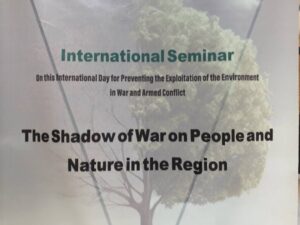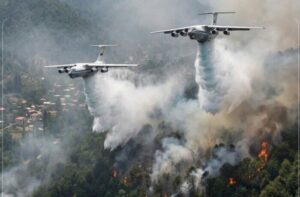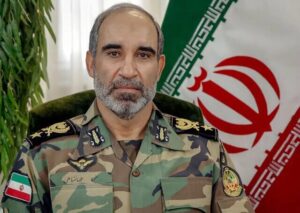According to the Persian edition of ISNA, the Japan Times reported: Confusion during conflict is common. That’s why it’s called the “fog of war.” Information gathered from the battlefield is unreliable, collected under difficult conditions from a distance. Adversaries have reasons to exaggerate victories and conceal failures to shape perceptions and gain a valuable psychological advantage during conflict. Deception is common, and ambiguity can yield tactical and strategic benefits. Yet, there is pressure to reach quick conclusions to make immediate decisions. Thus, it’s no surprise that significant confusion surrounds the success of the U.S. bombing of Iran’s nuclear facilities.
Immediately after the attack, Trump declared in a televised speech to the world that three sites—the Fordow nuclear enrichment facility, and the nuclear facilities in Isfahan and Natanz—were “completely and totally destroyed.” This contrasts with the assessment of Rafael Grossi, head of the International Atomic Energy Agency (IAEA), the global nuclear watchdog, who stated that “no one—including the IAEA—is in a position to assess the underground damage” to the critical Fordow site.
Other U.S. officials were more cautious than their president. General Dan Keen, Chairman of the Joint Chiefs of Staff, noted that “initial battle damage assessments indicate that all three sites suffered very severe damage and destruction.” Additionally, it has been reported—and satellite imagery appears to confirm—that Iran transferred much of its enriched uranium stockpile from these facilities before the attacks.
U.S. Secretary of State Marco Rubio acknowledged that certainty is elusive, but “we must assume” that much of Iran’s enriched uranium in Isfahan is buried underground.
Since knowledge cannot be destroyed, a critical question remains: Has the United States ended Iran’s nuclear program, or merely delayed it? A report from a U.S. intelligence agency, dismissed by U.S. officials as “fake news,” concluded that the bombings only set Tehran back by a few months.
This uncertainty is compounded by pre-existing doubts about Iran’s nuclear program before the attack. The consensus of the U.S. intelligence community earlier this year was that Iran was three years away from having the capability to deliver a nuclear weapon to its intended target. Trump himself rejected this conclusion, claiming instead that Iran was only weeks away from nuclear capability. Much now depends on what Iran does next.
Once again, the United States has not been a model of transparency
Instead, the West must push for a diplomatic solution to this crisis. As Grossi of the IAEA stated, “We must return to the negotiating table,” adding, “We have a window of opportunity to return to dialogue and diplomacy. If this window closes, violence and destruction could escalate to unimaginable levels, and the global non-proliferation regime, as we know it, could collapse.”
An agreement is possible but will be challenging. Negotiations require patience, something President Trump has rarely demonstrated. By tearing up the 2015 agreement that Iran had reached with its previous counterparts, trust has been eroded. His willingness to use negotiations as a cover while preparing an attack has degraded the level of diplomacy. The joint attack with Israel has made Tehran’s agreement to any deal more difficult.
Moreover, following the recent attacks, Iran’s Islamic Consultative Assembly passed a law suspending cooperation with the IAEA.







